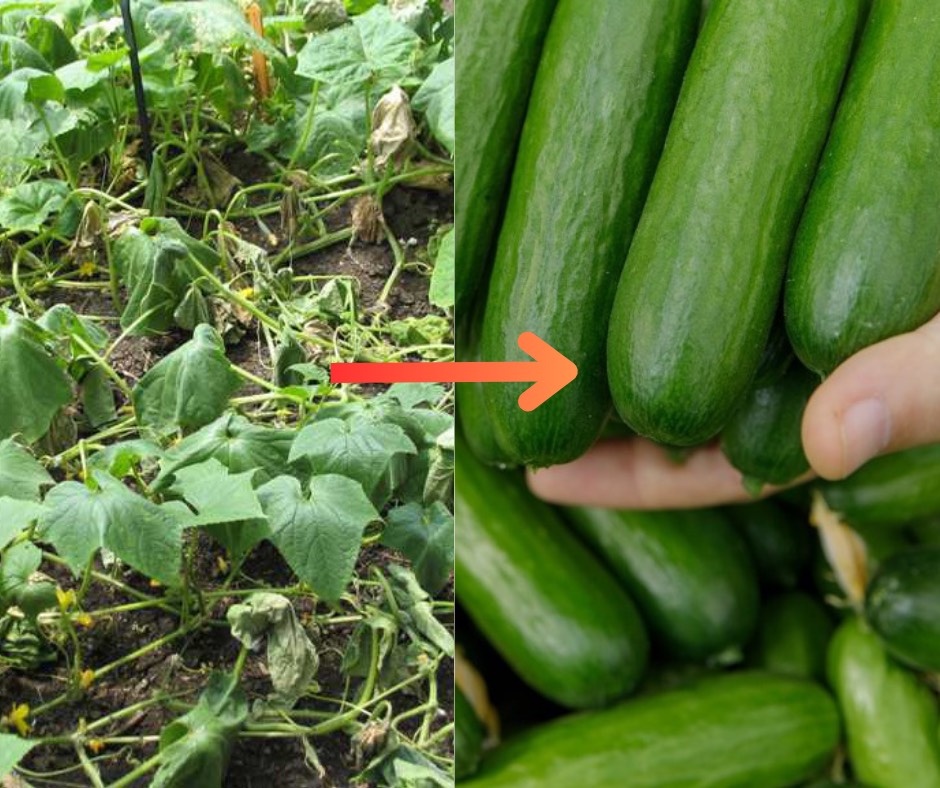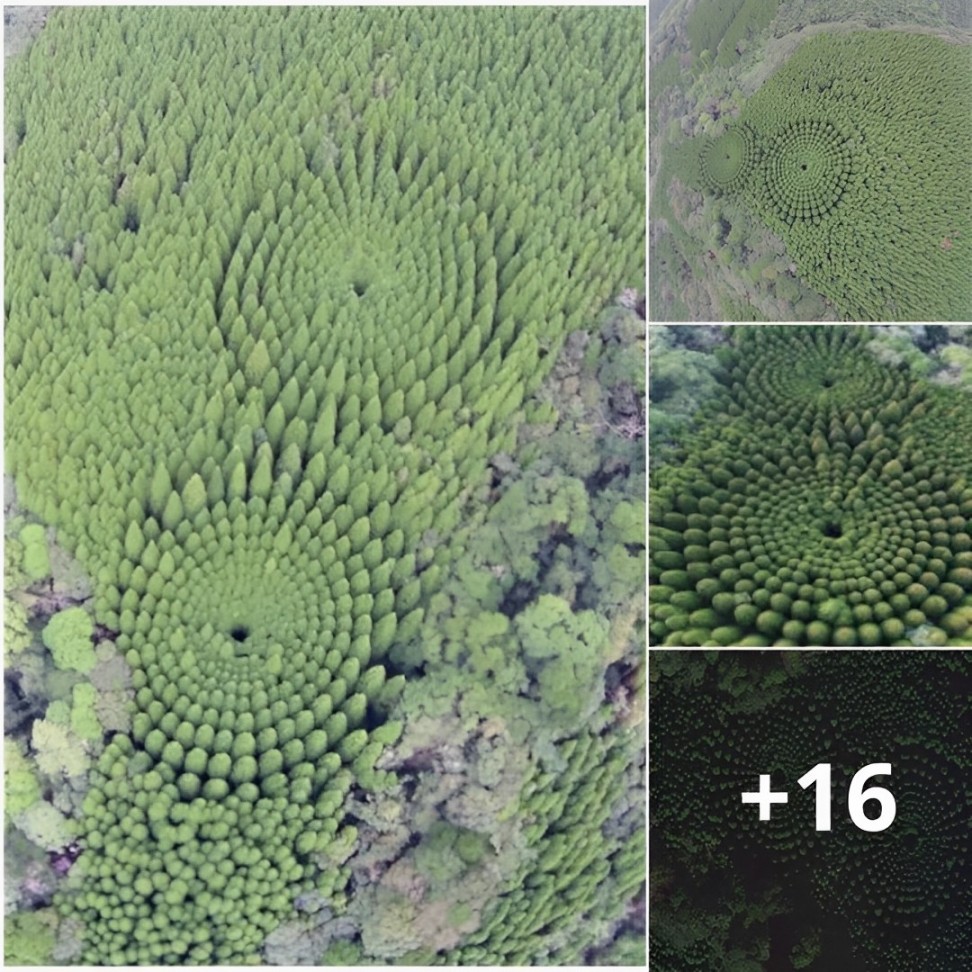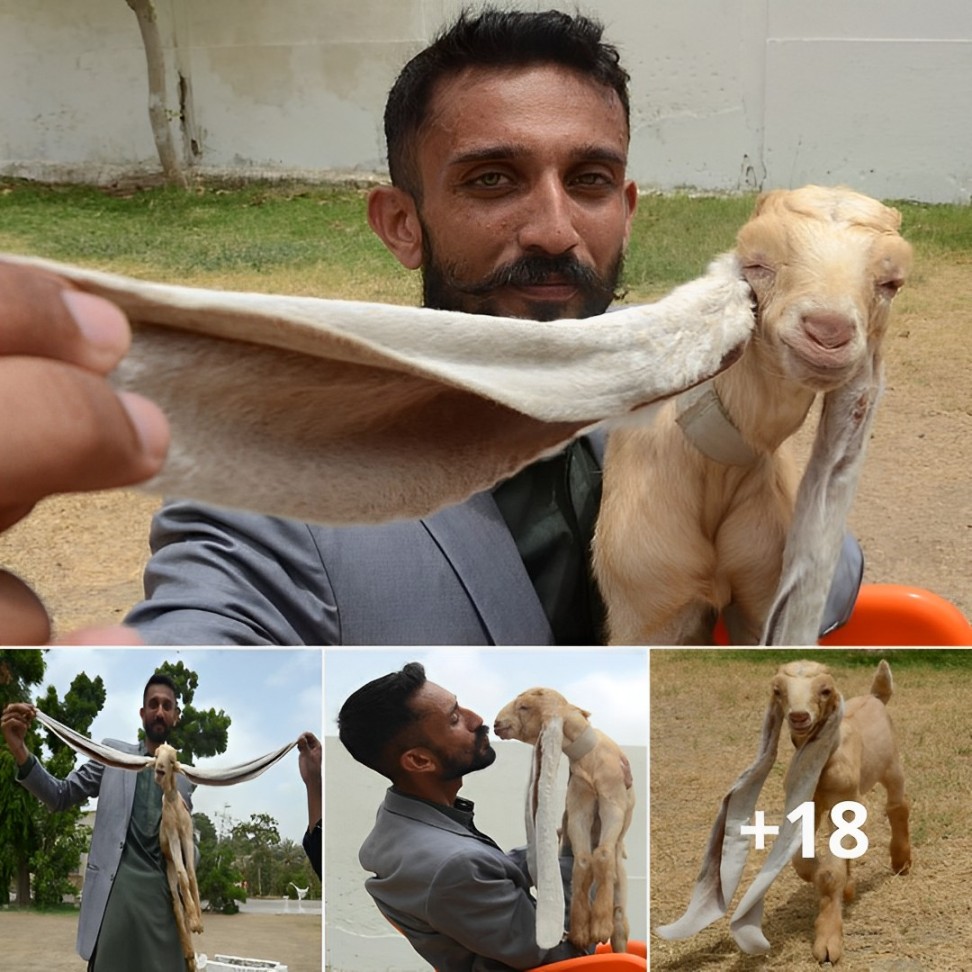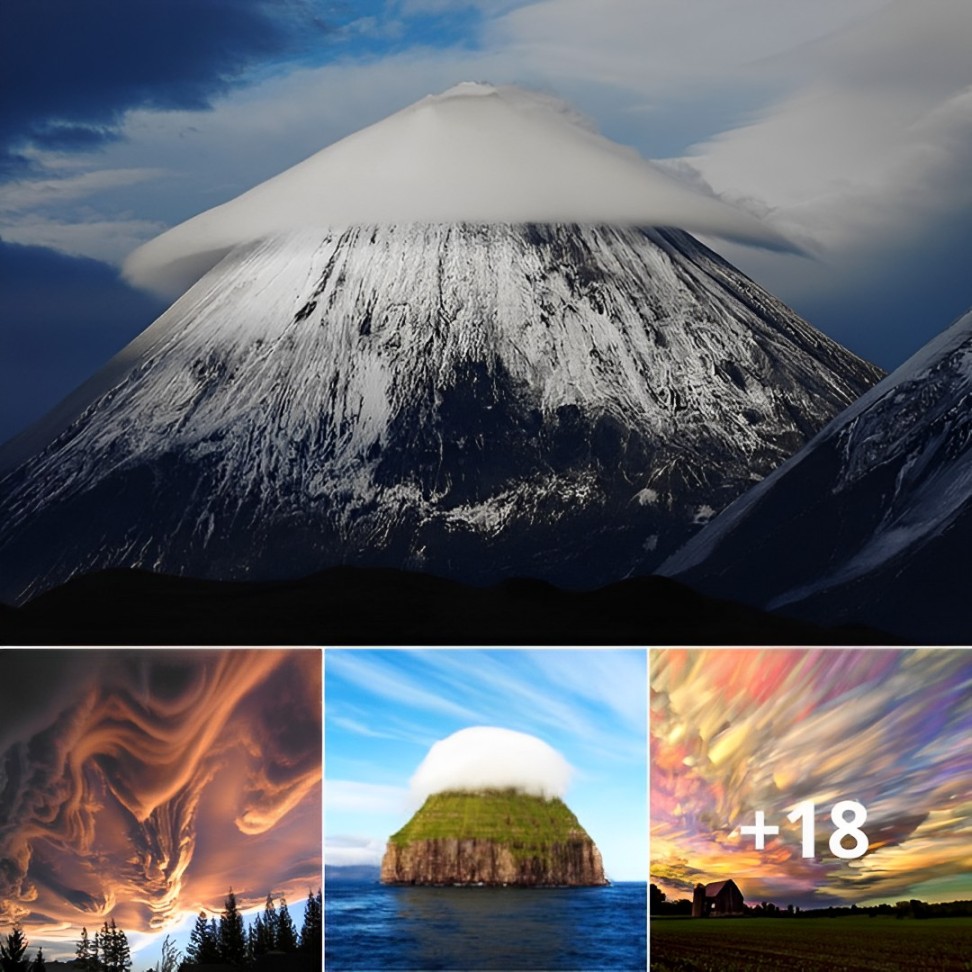The orcas that once hunted for whales alongside humans appear to be genetically distinct – and extinct.
 The famous killer whale Old Tom swims alongside a whaling boat together with a whale calf in the early 20th century. The boat is being towed by a harpooned whale (not visible here).
The famous killer whale Old Tom swims alongside a whaling boat together with a whale calf in the early 20th century. The boat is being towed by a harpooned whale (not visible here).
Have you ever heard of Old Tom, the orca who helped humans catch whales in Australia? He was part of a unique pod of killer whales that cooperated with human whalers near the Australian town of Eden in the early 20th century, earning them the nickname “the killers of Eden”. But what happened to Old Tom and his kin after the whaling industry declined? A new study suggests that they might have gone extinct, taking with them a remarkable example of interspecies collaboration.
Old Tom was a male orca who lived in the waters of Twofold Bay, near the town of Eden in New South Wales. He was the leader of a pod of about 30 orcas that formed a special bond with the local whalers. The orcas would help the whalers find and catch baleen whales by herding them into the bay, alerting the whalers with distinctive sounds, and sometimes even attacking and killing the whales. In return, the whalers would share the tongue and lips of the whales with the orcas, which they considered a delicacy.
 A helping fin… Old Tom photographed with an unknown whaler in Twofold Bay in 1908.
A helping fin… Old Tom photographed with an unknown whaler in Twofold Bay in 1908.
Old Tom had a special bond with a whaler named George Davidson. Old Tom would tow Davidson’s boat to the whales, protect him from sharks, and even play with him in the water.
Old Tom died in 1930, and his skeleton is displayed at the Eden Killer Whale Museum in New South Wales. Soon after, the rest of his pod disappeared from Twofold Bay. The last sighting of an orca in the area was in 1972.
 George Davidson on Old Tom’s body in Twofold Bay on September 17, 1930.
George Davidson on Old Tom’s body in Twofold Bay on September 17, 1930.
But where did they go? And were they related to other orcas in Australia or elsewhere? To find out, a team of researchers from Australia and New Zealand analyzed DNA from Old Tom’s bones, comparing his genome with those of killer whales from around the world. According to the findings, published in the Journal of Heredity, Old Tom shared a common ancestor with killer whales from Australasia, the North Atlantic, and the North Pacific, but had the highest genetic similarity with contemporary New Zealand killer whales.
However, he also had some unique genetic variation that was not found in these widespread populations, suggesting that he belonged to an isolated group that had ancestral rather than ongoing gene flow.
The researchers also failed to find any clear descendants of Old Tom among the modern killer whales, raising the possibility that his group went extinct after the whaling operations ceased. They speculated that the loss of their main food source, the baleen whales, and the increased competition from other marine predators may have contributed to their decline.
 Study lead Isabella Reeves extracts DNA from Old Tom’s skeleton at the Eden Killer Whale Museum. Image credit: Eden Killer Whale Museum
Study lead Isabella Reeves extracts DNA from Old Tom’s skeleton at the Eden Killer Whale Museum. Image credit: Eden Killer Whale Museum
The team determined that Old Tom was a male, which is atypical for orcas, considering his significant involvement in the whale hunts. Research has revealed that male orcas typically prefer to leave the hunting to their mothers.
“The males are really lazy and just like to look pretty, basically,” study lead Isabella Reeves, a doctoral candidate at Flinders University in Australia, said.
The researchers also integrated traditional knowledge from the Thaua people, the Indigenous Australians who lived in Eden and initiated the relationship with the killer whales before European colonization. They originally hunted alongside orcas for subsistence, but with the arrival of Europeans, the method became commercialized.
“Up until the point that relationship was commercialized, it was going okay,” Reeves pointed out.
Traditionally, the Thaua people considered the killer whales as their brothers – “beowa,” their word for orca, means brother in their language. They had deep respect for and connection with them, also reflected in their Dreamtime (genesis) stories, which hold that when a Thaua dies, they are reincarnated as a beowa.
“My people had a long-lasting friendship with the beowa in Eden, especially Old Tom,” study coauthor Steven Holmes, a Thaua Traditional Custodian, wrote in the study. “My Nan, Catherine Holmes nee Brierly, told us about her great Grandfather, Budginbro who along with other Thaua would swim with Old Tom, holding on to his dorsal fin, my ancestors were never hurt or injured.”
The precise origins and details of the human-orca relationship remain shrouded in uncertainty. Oral traditions passed down through generations imply that the Thaua people and other Aboriginal communities engaged in collaborative hunting with orcas well before Europeans began enlisting them for commercial purposes in the 19th Century.
“We’re pretty confident it had been going on for thousands of years,” Reeves said. “But how it started is another question. I think what I’ve learned from killer whales is that they’re curious, they can be strategic and when they want something, they know how to get it.”
The study findings are important as they provide new insights into the origins and history of the killer whales in the Australasian region. They also highlight the importance of combining genetic and cultural perspectives to understand the complex interactions between humans and wildlife.





